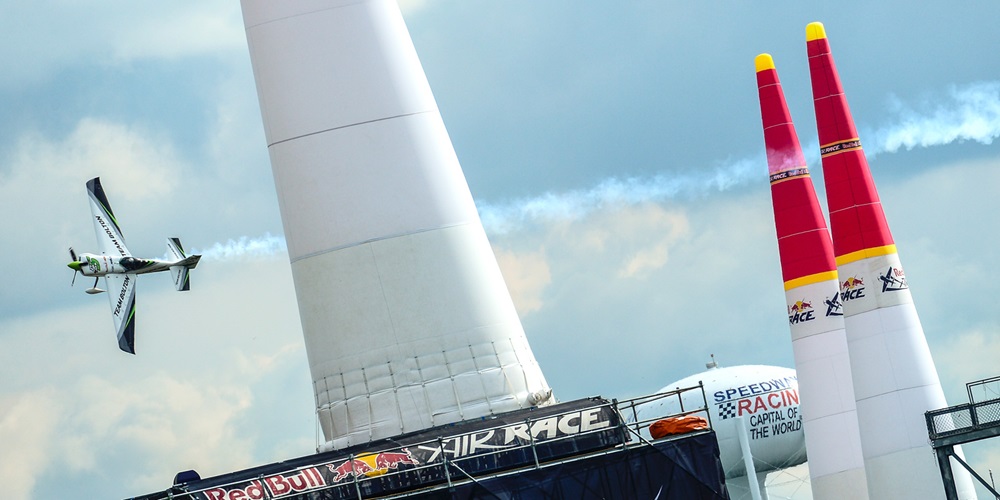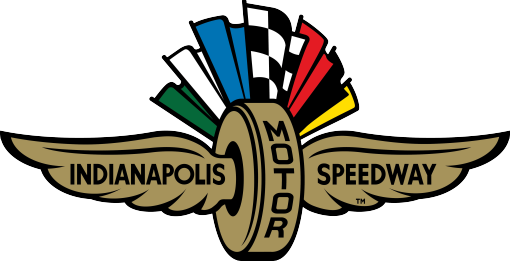When it comes to a Red Bull Air Race, the inflatable pylons are as recognizable as the scoring tower that looms over the famed Yard of Bricks at the Indianapolis Motor Speedway. Used to form the air gates central to the competition, what appears to be a relatively simply inflatable object is instead the product of hours of research and development, as well as old-fashioned ingenuity.
Standing 82 feet tall, to explore the interior world of each pylon is a nearly dizzying experience with changing air pressure the norm as the computer-operated system makes constant adjustments necessary to ensure the integrity of the structure. The pylons actually feature nine different segments comprised of lightweight spinnaker fabric relying on a gas-powered engine -- not unlike one would find on a lawnmower -- to keep entire structure upright. The pylons can withstand wind gusts that exceed those that would be considered acceptable for the pilot to continue to fly. The cost of the fabric alone is nearly $25,000.
When pressed on the total cost of the system, a representative remarked, “You can’t put a price on it, particularly when you consider all the research and development that went into it and the fact that is was specifically designed for Red Bull.” As for future development, “that’s top-secret.”
In a battle between aircraft and pylon the victor is clear, but a unique system of zippers, plus a nimble ground crew, can repair the resulting damage in lightning speed. A decade and a half ago it would require 20 minutes to make necessary repairs to allow the race to continue. Today, it takes only a few minutes with record of 90 seconds established in 2010. Setting up the race course takes at minimum of a full week, with special considerations for courses that are in total or in part over water. After all of the pylons have put in place, the Friday practice session can be used to test the viability of course. Adjustments to the course can be made as a result of the feedback offered from the participants.
Naturally, some pilots may favor one configuration over another, but as was noted: “If a race driver complains here, you don’t move the walls now do you?”
The Red Bull Air Race Showdown: Pilots vs. Pylons

When it comes to a Red Bull Air Race, the inflatable pylons are as recognizable as the scoring tower that looms over the famed Yard of Bricks at the Indianapolis Motor Speedway. Used to form the air gates central to the competition, what appears to be a relatively simply inflatable object is instead the product of hours of research and development, as well as old-fashioned ingenuity.
Latest News
View All News
Fox Corporation Acquires One-Third Interest in Penske Entertainment
Strategic investment, partnership includes a multiyear extension of INDYCAR's media rights with FOX Sports.

Public Days Updated for Indianapolis 8 Hour at IMS
Fans can enjoy two nights of action with headlights on at dusk Oct. 16-18 at the Racing Capital of the World.

Wallace Hangs On To Win Dramatic Brickyard 400 in Double Overtime
Bubba Wallace (photo) became the first African American to win the NASCAR Cup Series crown jewel race at IMS.
